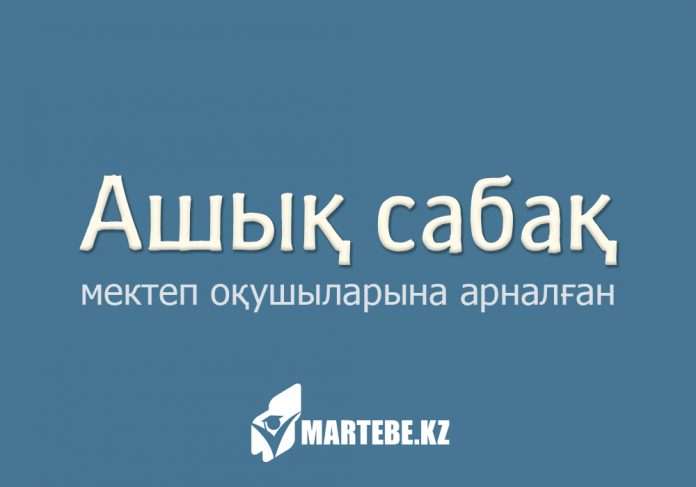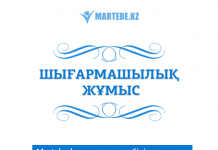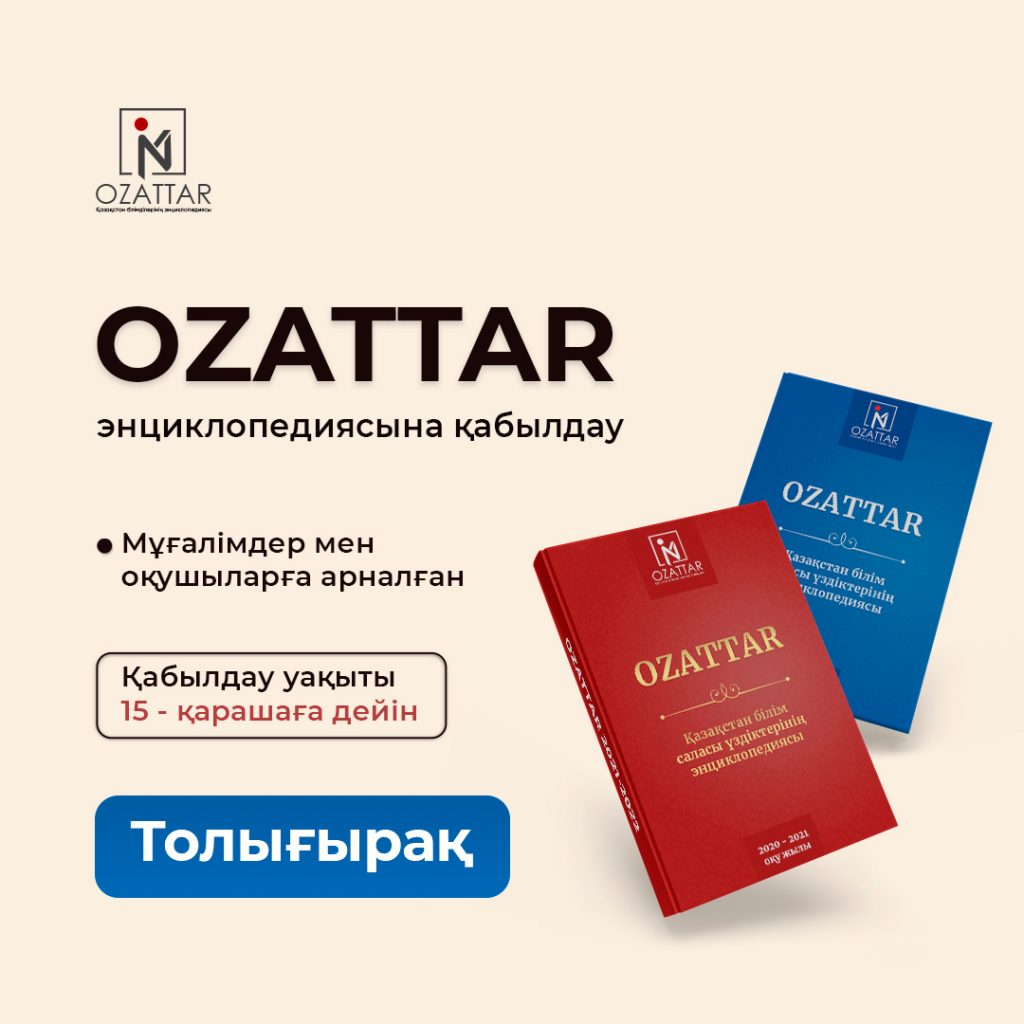Назарларыңызға ағылшын пәнінен ашық сабақ жоспарын ұсынамыз.
Short Term Plan
|
Long-term plan unit: Unit 9. Reading for Pleasure |
School: №278 | ||||
| Date: |
Teacher name: Kuandykova Asylzat
|
||||
| Grade: 9 |
Number present:
|
absent: | |||
|
The topic of the lesson:
|
Reading for Pleasure: Malcolm’s Story | ||||
| Learning objectives(s) that this lesson is contributing to |
9.R4 read a range of extended fiction and non-fiction texts on familiar and some unfamiliar general and curricular topics 9.S4 respond with growing flexibility at both sentence and discourse level to unexpected comments on a range of general and curricular topics 9.S7 use appropriate subject-specific vocabulary and syntax to talk about an increased range of general topics, and some curricular topics |
||||
| Lesson objectives |
All learners will be able to: ● Read the story about Malcolm in groups/pairs/ individually ● Answer the questions about reading habits and concerning the content of the story ● Use new words from the text and appropriate word order while speaking about reading habits ● Use new words from the text and appropriate word order while asking questions and answering them |
||||
| Assessment criteria |
● Read the story and understand what it is about ● Answer the questions using full sentences ● Use new words from the story while talking during the interview ● Use the right word order and make minor grammar errors while asking questions |
||||
| Value links | Showing respect by listening to each other’s questions and answers. Lifelong learning by instilling a love of reading. | ||||
| Cross curricular links | Languages and Literature | ||||
| ICT skills | No certain ICT skills are developed at the lesson. | ||||
| Previous learning | No prior knowledge is needed. | ||||
| Plan | |||||
| Planned lesson stages | Planned activities | Resources | |||
|
The first stage of the lesson 5 min
|
Warm-up: Learners stand in a circle. The teachers has a ball and throws it randomly to the students. When learners catch the ball, they are asked a question about their reading preferences. Possible questions to ask: What genre do you prefer to read? How often do you read during a day? What is your favourite book? Who is your favourite character? How many books have you read in your life? How often do you go to the library? Where is your favourite place to read? Who is the most famous writer from your country? |
A ball
More questions can be found here: http://iteslj.org/questions/books.html |
|||
|
The middle of the lesson 2 min
3 min
10 min
15 min
5 min
5 min
15 min
10 min |
The teacher shows the lesson objectives and discusses them with the learners based on the following questions: What are we going to do today? What skills will we develop?
Pre-reading activities. Next, the teacher shows the title of the story learners will read during the lesson (Malcolm’s Story) and asks learners what the story may be about.
New words from the story. In order to better comprehend the story, learners are introduced to the new words from the text. There are pictures and definitions of the words on PPT that the teacher uses for explaining the words. Also, the teacher needs to make learners drill the words for promoting good pronunciation.
Reading the story. The teacher feels free in choosing the method for reading the story. He/she may use the Jigsaw Reading strategy or make learners read the story in pairs or individually.
Post-reading activities. True/False exercise. The teacher prepares two cards (A4 format): one card with the word “True” and another card with the word “False”. The cards are stuck on different sides inside the classroom. Then, the teacher reads the sentences about the text. The learners need to listen to the sentences carefully and walk to either “True” or “False” card. The students need to justify their choice of the cards (i.e. explain why the sentence is true or false). Peer assessment is applied here, because learners can correct each other’s errors by proving their choice. The sentences for this exercise: 1. Malcolm was jealous of other people’s success. 2. He had little respect for other people. 3. He was a good friend. 4. He was a liar and a cheat. 5. He was a good student. 6. He was a show-off. 7. He understood other people’s problems. 8. He was a clever boy. 9. He was soft-hearted.
Arranging a press conference. Before the class, the teacher prepares small pieces of paper with the names “Malcolm”, “Mr. Peppi” and “Jerome Dadian”. By picking the paper learners find out their roles. One volunteer is asked to come and choose the role. If the learner has “Mr. Peppi”, it means he/she will be interviewed as Mr.Peppi. The rest of the class is interviewers. They need to ask different questions related to the story. Each interview lasts for two minutes. After two minutes, another student is asked to come to be interviewed. Assessment criteria for the press conference: 1. Each interview is 2 minutes long. 2. Ask Wh-questions, do not ask Yes/No questions. 3. No more than 3 grammar mistakes are acceptable. 4. Imagination and creativity are welcomed.
Assessment: Meanwhile, the teacher monitors and makes notes of the mistakes he/she hears when the learners are speaking. The teacher’s feedback on mistakes is given for learners’ improvement. Self / peer assessment is applied according to the assessment criteria.
|
PPT
PPT
The text was taken from: http://lingualeo.com/ru/jungle/malcolms-story-after-paul-jennings-488690#/page/1
cards on A4 paper with the words “True” and “False”
Another option can be found here: https://www.teachingenglish.org.uk/article/press-conference-0
|
|||
|
The end of the lesson 10 min |
Reflection In groups, learners revise and reflect on what they have learned using the Narration Cube.
|
Taken from: |
|||
| Differentiation – how do you plan to give more support? How do you plan to challenge the more able learners? | Assessment – how are you planning to check learners’ learning? | Health and safety check ICT links |
|||
| The teacher can choose the appropriate method for reading the story in accordance with his/her students’ abilities. If the group is strong, Jigsaw reading can be applied. The struggling learners get individual support from the teacher. Group work is applied to ensure that learners learn from each other. | Self and peer assessment is done in accordance with the assessment criteria. The teacher gives feedback to students throughout the lesson as well as after the press conference, commenting on what is needed to be improved. | Desks and chairs are arranged safely for learners so that they can easily move around the classroom. The blinds are open and enough sunlight penetrates into the classroom. | |||
|
Reflection Were the lesson objectives/learning objectives realistic? Did all learners achieve the LO? If not, why? Did my planned differentiation work well? Did I stick to timings? What changes did I make from my plan and why?
|
Use the space below to reflect on your lesson. Answer the most relevant questions from the box on the left about your lesson. | ||||
|
|
|||||
|
Summary evaluation What two things went really well (consider both teaching and learning)? 1: 2: What two things would have improved the lesson (consider both teaching and learning)? 1: 2: What have I learned from this lesson about the class or individuals that will inform my next lesson? |
|||||




